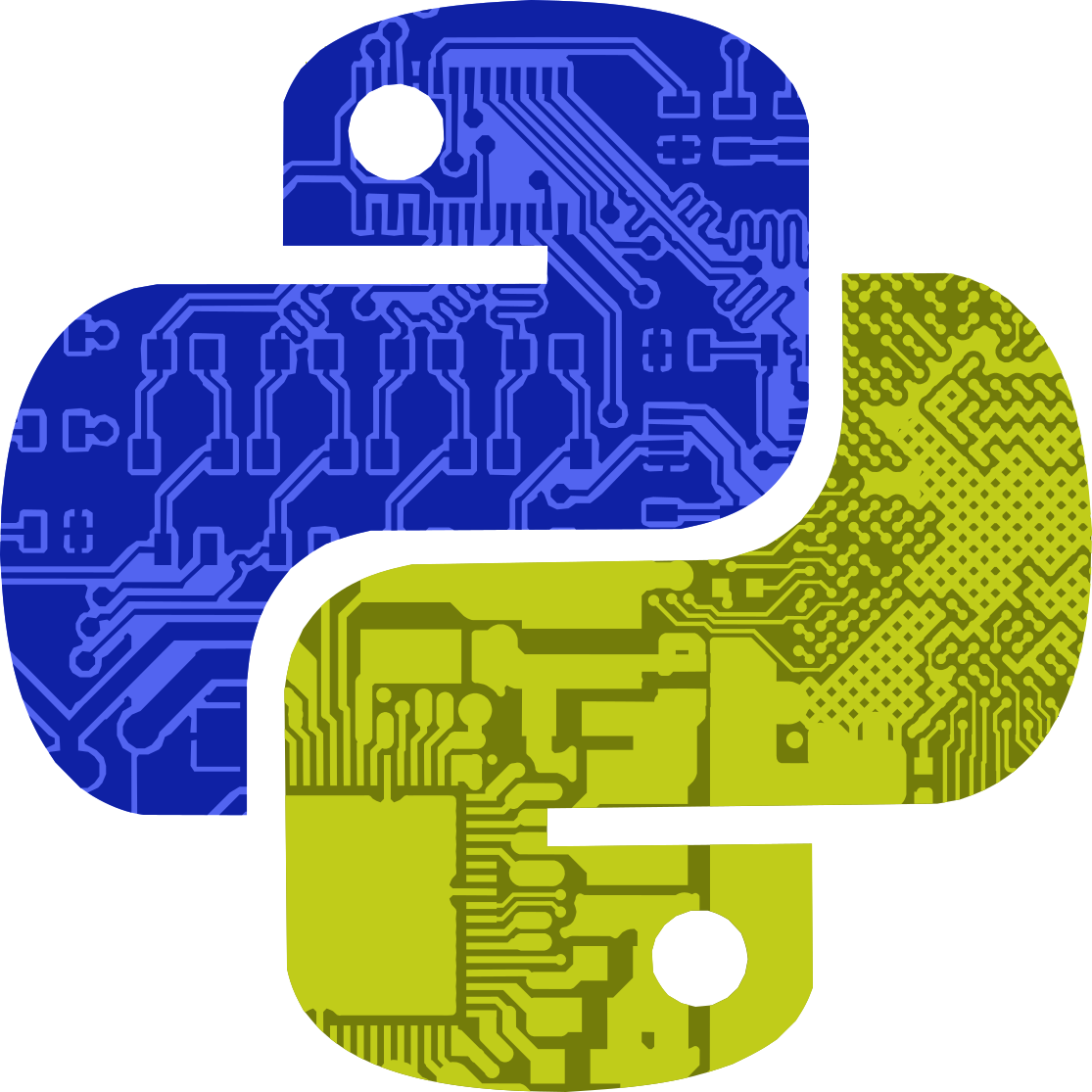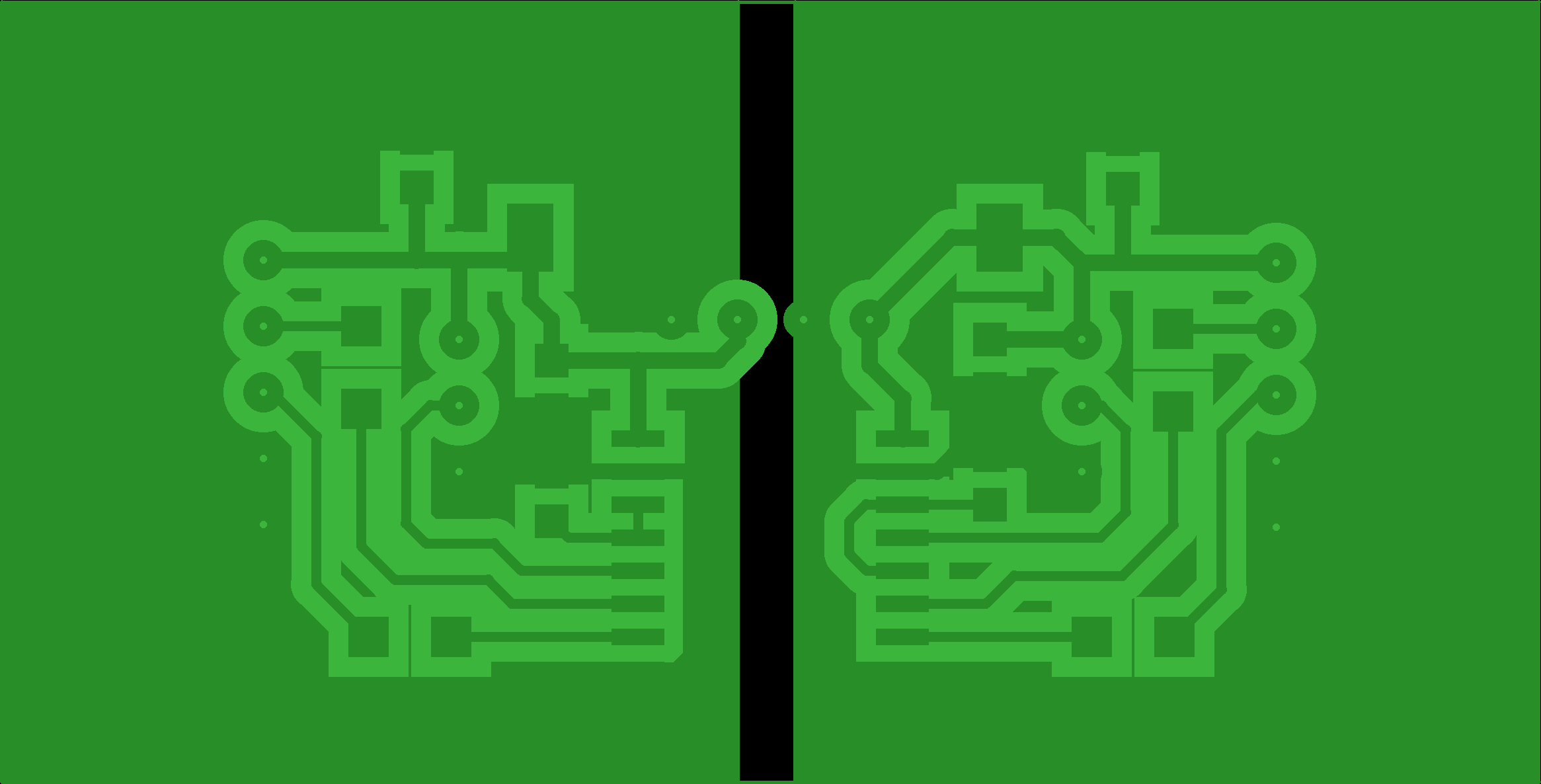Parsing, formatting and rendering toolkit for Gerber X3 file format
Project description

PyGerber
PyGerber is a Python implementation of Gerber X3/X2 format. It is based on Ucamco's
The Gerber Layer Format Specification. Revision 2023.03 (Available on
Ucamco's webpage
and in
this repository).
The goal of this project is to provide support for wide variety of Gerber-like syntaxes,
with support for most of deprecated features along with support for modern ones.
Target set of tools:
- Tokenizer
- Parser
- Optimizer
- Introspection API
- Rasterized 2D rendering engine (With Pillow)
- Vector 2D rendering engine (With drawsvg)
- Model 3D rendering engine (With Blender)
- Formatter
- Linter (eg. deprecated syntax detection)
- Gerber X3/X2 Language Server (with
language-serverextras)
You can view progress of development in Gerber features support section down below. All Gerber source files which can be redistributed under MIT license and included in this repository for testing purposes will be greatly appreciated.
Installation
PyGerber can be installed with pip from PyPI:
pip install pygerber
Alternatively, it is also possible to install it directly from repository:
pip install git+https://github.com/Argmaster/pygerber
Language Server
Since release 2.1.0 PyGerber now provides Gerber X3/X2 Language Server with
LSP support. It can be enabled
by installing PyGerber extras set language-server with following command:
pip install pygerber[language-server]
Afterwards you can use pygerber is-language-server-available to check if language
server was correctly enabled. Please report all issues in
PyGerber Issues section.
Command line usage
After installing pygerber, depending on your environment, it should become available
in your command line:
pygerber --version
Output should be similar to one below ⇩, where x.y.z should match version of
PyGerber installed.
$ pygerber --version
pygerber, version x.y.z
Use --help to display help messages with lists of subcommands and subcommand options:
pygerber raster-2d --help
To render 2D PNG image of some gerber file you can simply use:
pygerber raster-2d gerber-source.grb
Image will be saved to output.png in current working directory.
API usage
PyGerber offers a high-level API that simplifies the process of rendering Gerber files. Whether you're looking to save the rendered output to a file or directly into a buffer, PyGerber has got you covered.
-
The
LayerClass: At its core, theLayerclass stands for a single Gerber source file, complete with its associated PyGerber configuration.Important
Layerclass represents any Gerber file, not layer of PCB. For example, silkscreen Gerber file will require one instance ofLayer, paste mask will require another one, copper top yet another, etc. -
Configuration Flexibility: The configuration possibilities you get with a
Layerare driven by the backend you choose to render your source file. -
Selecting a Backend: PyGerber provides specialized subclasses of the
Layerclass each tied to one rendering backend. For instance, if you're aiming for 2D rasterized images,Rasterized2DLayeris your go-to choice. -
Output Types: Keep in mind, the type of your output file is closely tied to the backend you select.For 2D rasterized rendering all formats supported by Pillow are accepted.
Rasterized render from file
from pygerber.gerberx3.api import (
ColorScheme,
Rasterized2DLayer,
Rasterized2DLayerParams,
)
# Path to Gerber source file.
source_path = "main_cu.grb"
Rasterized2DLayer(
options=Rasterized2DLayerParams(
source_path=source_path,
colors=ColorScheme.COPPER_ALPHA,
),
).render().save("output.png")
Example code above creates Rasterized2DLayer object, renders it with rasterized 2D
backend and saves it as PNG image. Use of Rasterized2DLayer and
Rasterized2DLayerOptions classes implicitly use 2D rasterized backend. To use
different rendering backend with high level API, user must pick different Layer and
LayerOptions subclasses. For other backends see
Target set of tools section, note that only checked ones are
available.
source_path option accepts str or Path pointing to local Gerber file. No special
file extension is required, content is blindly loaded from specified file, so it's user
responsibility to provide correct path. There are also source_code and source_buffer
parameters which allow for use of raw str or bytes objects (first one) and
StringIO and BytesIO or file descriptors (second one). source_code,
source_buffer and source_path are mutually exclusive.
ColorScheme is a class which describes what colors should be used for rendering
different parts of image. Additionally it has a few static members which contain
predefined colors schemes for frequently used layer types. It is not required to use
predefined schemes, creating and passing custom ColorScheme object should work
perfectly fine.
Pattern of using <Class> and <Class>Options, like above, is used in many places in
PyGerber. When initializing object like Rasterized2DLayer it is only valid to pass
Rasterized2DLayerOptions to constructor. Passing LayerOptions or Vectorized2DLayer
will cause undefined behavior, most likely yielding no result or raising exception.
Rasterized render from string
from pygerber.gerberx3.api import (
ColorScheme,
Rasterized2DLayer,
Rasterized2DLayerParams,
)
source_code = """
%FSLAX26Y26*%
%MOMM*%
%ADD100R,1.5X1.0X0.5*%
%ADD200C,1.5X1.0*%
%ADD300O,1.5X1.0X0.6*%
%ADD400P,1.5X3X5.0*%
D100*
X0Y0D03*
D200*
X0Y2000000D03*
D300*
X2000000Y0D03*
D400*
X2000000Y2000000D03*
M02*
"""
Rasterized2DLayer(
options=Rasterized2DLayerParams(
source_code=source_code,
colors=ColorScheme.SILK,
dpi=3000,
),
).render().save("output.png")
Code above renders following image:

Documentation
Official documentations is hosted on Github Pages and can be found here.
Gerber features support
Please refer to documentation for Tokenizer, Parser, Rasterized2DBackend and Parser2 for detailed list of features which are supported/not supported.
Syntax feature requests
All deprecated features (Mainly those from X2 format) are considered optional and priority to implement them will be assigned based on number of requests form community.
If You needs support for syntax features which are not mentioned in
The Gerber Layer Format Specification. Revision 2023.08 (Available on
Ucamco's webpage
and in
this repository)
and this feature is not already listed in Support paragraph, please open a new Feature
request issue.
Feature request Issue should contain:
- detailed description how requested feature works,
- code samples for testing the feature,
- reference images (only applies to features changing image look).
Requests which don't comply with those guidelines will be considered low priority.
Development
To quickly set up development environment, first you have to install poetry globally:
pip install poetry
Afterwards you will be able to create development virtual environment:
poetry shell
Then You have to install dependencies into this environment:
poetry install
And pre-commit hooks:
poe install-hooks
Now you are good to go. Whenever you commit changes, pre-commit hooks will be invoked. If they fail or change files, you will have to re-add changes and commit again.
Build from source
To build PyGerber from source You have to set up Development environment
first. Make sure you have poetry environment activated with:
poetry shell
With environment active it should be possible to build wheel and source distribution with:
poetry build
Check dist directory within current working directory, pygerber-x.y.z.tar.gz and
pygerber-x.y.z-py3-none-any.whl should be there.
Gerber reference archive
This repository contains also archival reference files. Although new specs contain dedicated changelog section it may still be helpful in some rare cases to look through old Gerber specs. Archival files can be found here.
Project details
Release history Release notifications | RSS feed
Download files
Download the file for your platform. If you're not sure which to choose, learn more about installing packages.




























